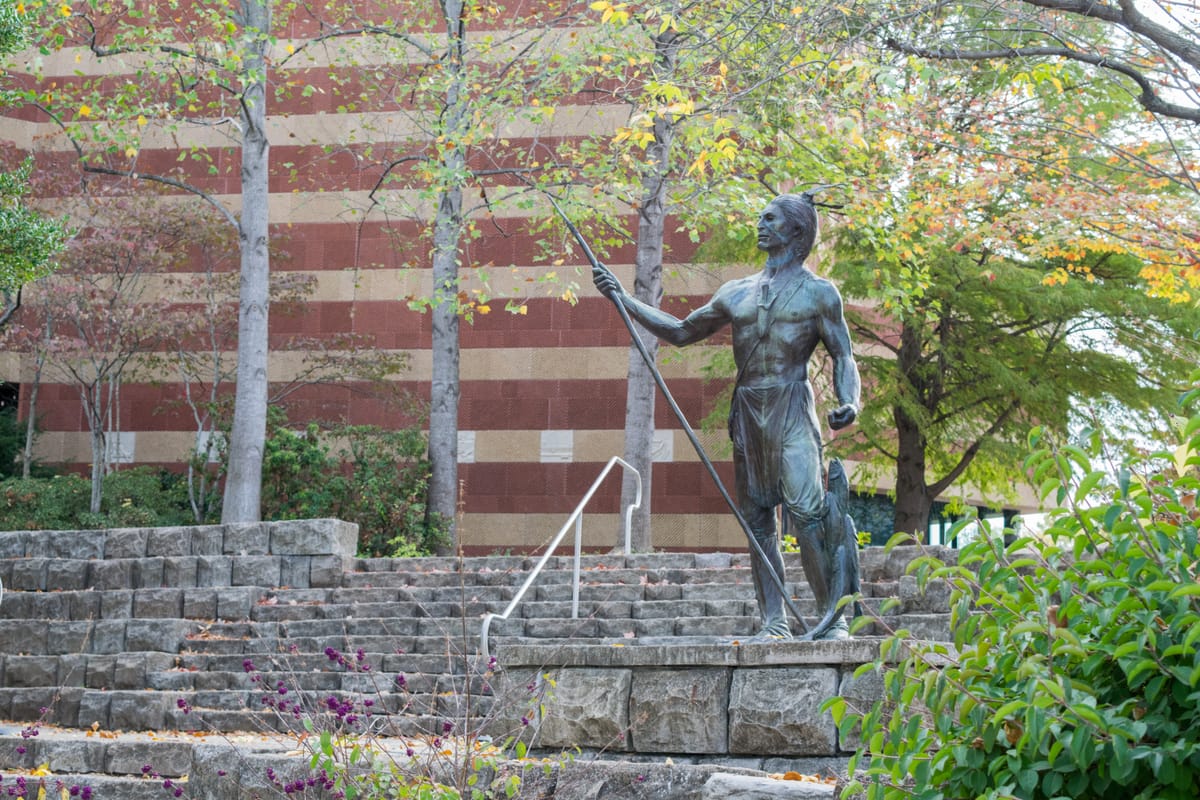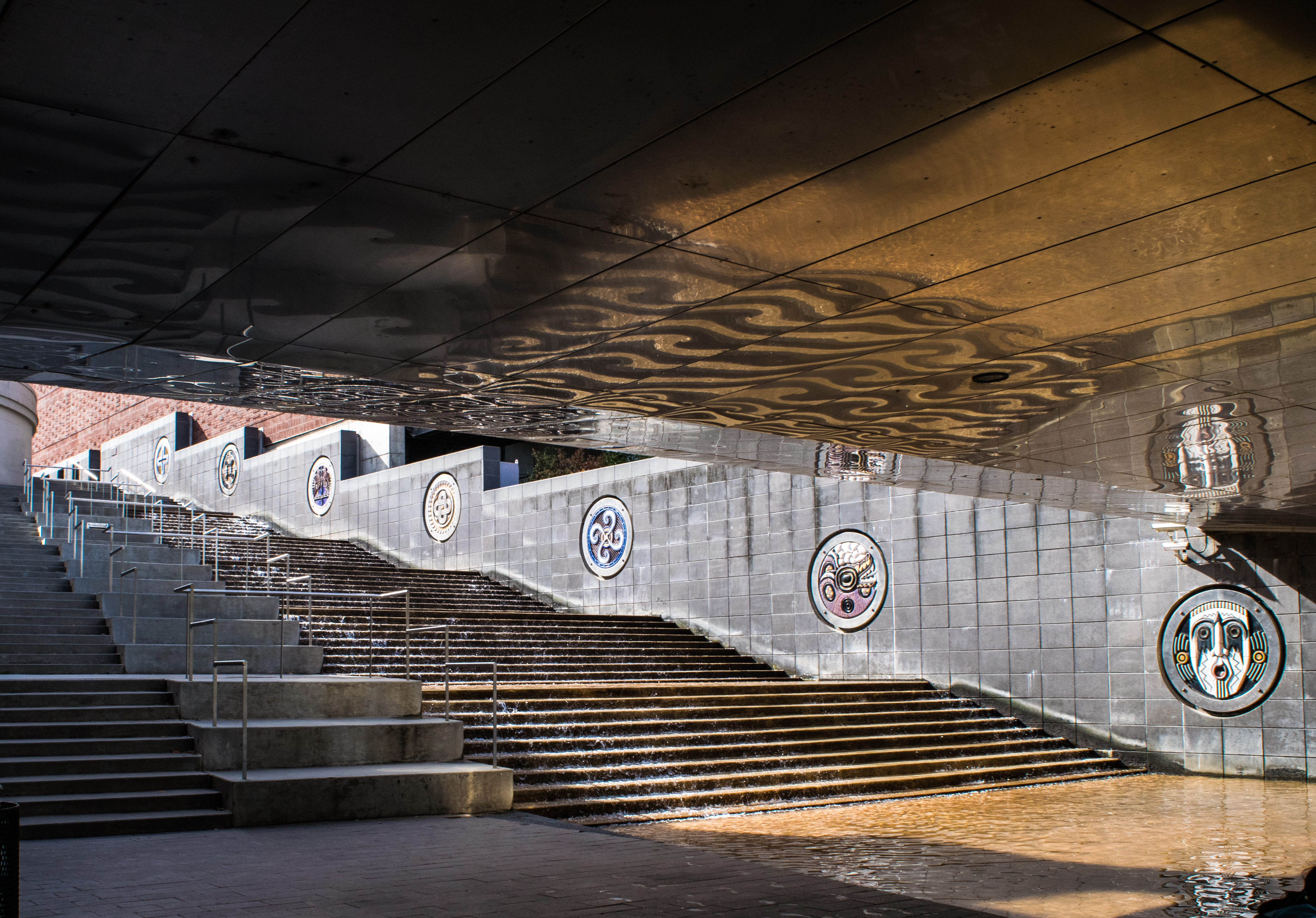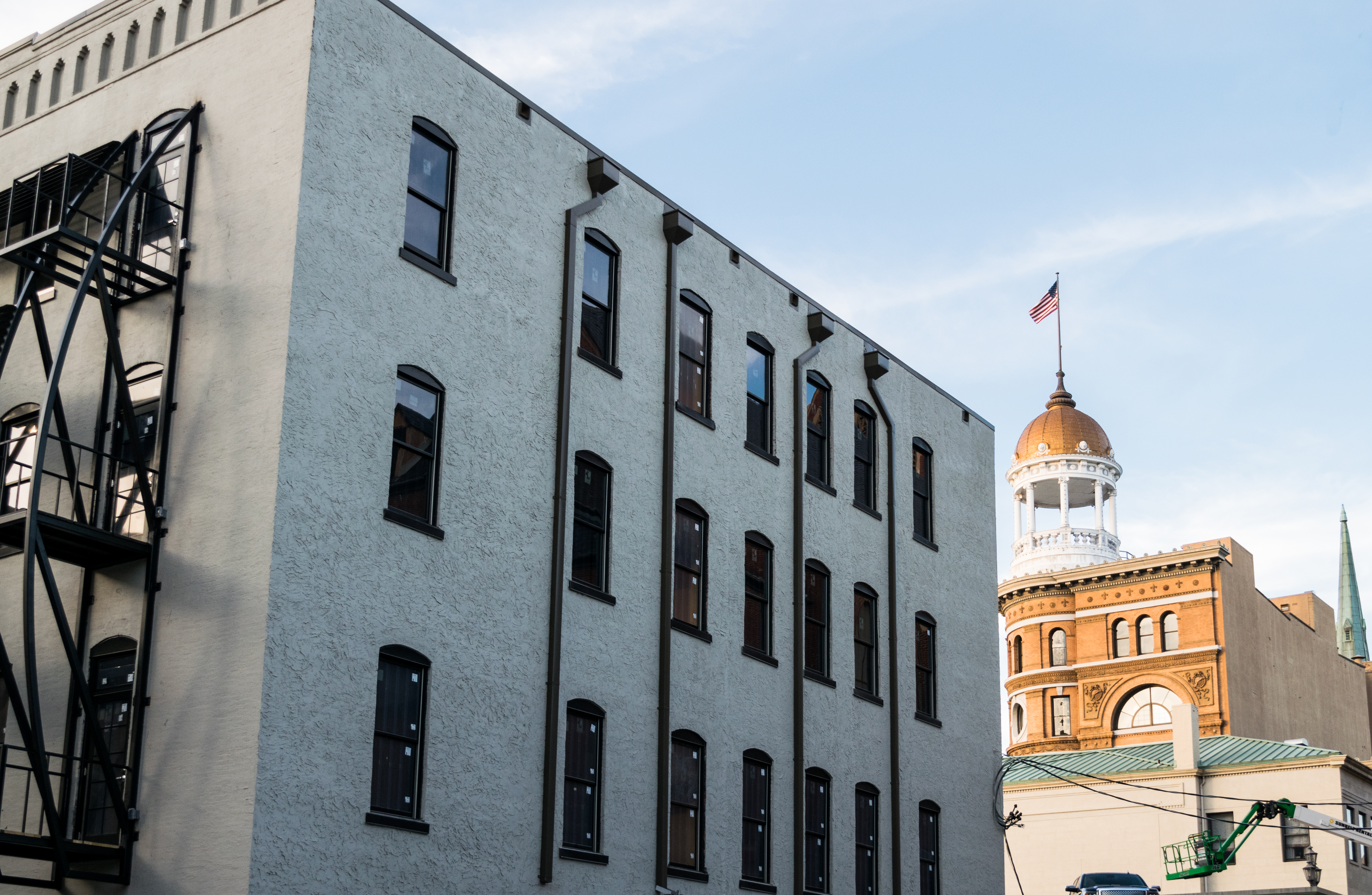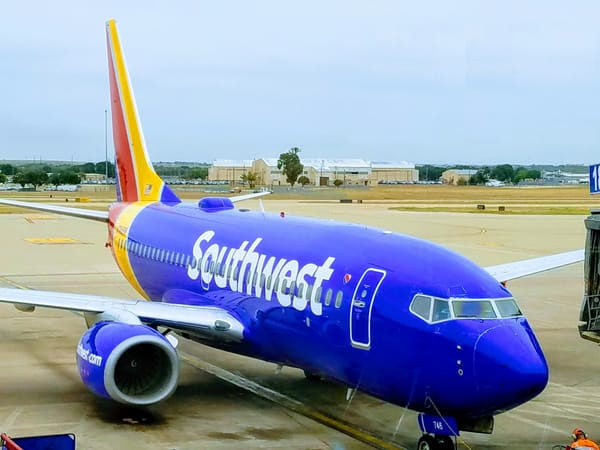Chattanooga Tennessee: Free Walk Cha Tour
Explore Chattanooga’s rich history and entrepreneurial spirit with the Free Walk Cha Tour, highlighting key sites and cultural narratives.

Five Day Road Trip in the Tennessee Valley – Huntsville to Chattanooga
Seventh Stop – Walk Cha Tour
A proper introduction to a city requires time for developing a personal perspective. In Chattanooga, I discovered that personal connection with the Free Walk Cha Tour, hosted by tour founder and entrepreneur, Stephanie Hays. This tour boasts a 5-star ranking with TripAdvisor.
Chattanooga’s story is uniquely complex, dealing with early trade between Cherokee Indians and American pioneers, the Indian removal program, and the resulting capitalist advancements in the city. Stephanie’s tour provides an overview of Chattanooga and a peek into the city’s entrepreneurial growth.
Ross’s Landing
The Free Walk Cha Tour begins at the Tennessee River, the city’s birthplace. Imagine a time of clean rivers when Native American Indians were caretakers of this vast land.

Such was the world when John Ross was born in 1790, as the son of a Scottish merchant father and Cherokee mother. Known as “Little White Bird”, John Ross was one-eighth Cherokee and was educated primarily in English-speaking schools. By the age of 26, Ross had established trading posts along the Tennessee River, fostering trade with the new United States of America. The entrepreneurship story begins.
The Tennessee River’s broad curve was an ideal geographic location for Ross’s trading post and ferry service, transporting people and merchandise between the shores. As trade expanded, families homesteaded at the river. Today, the location of the original trading post is obscured by concrete, but undeveloped land nearby suggests how the area may have appeared, with river waters lapping gently against rocky and a forested riverbanks.
Indian Removal Act
John Ross was trusted among both the Cherokee tribe and the incoming pioneers. As president of the Cherokee National Council, he lobbied in Washington DC to establish geographic boundaries for the United States and the Cherokee Nation to co-exist in the region. However, a rift in the Cherokee tribe caused the tribe to split into two political parties.
The National Party, led by Ross, positioned that the Cherokee tribe should not be forced to move west as dictated in President Andrew Jackson’s Indian Removal Act of 1830. The Treaty Party held the opposing view that the tribe should comply with United States’ evacuation mandate.

The Treaty of New Echota (signed by the Treaty Party only) established a deadline that the Cherokee tribe must move west to “Indian Territory” by 1838. Neither Ross nor the Cherokee National Council agreed, but this signed document set the tragedy in motion.

The United States federal government enforced the treaty, forcibly removing the Cherokee tribe from their ancestral homes. Ross’s Landing was one of the departure points of the 1838 Cherokee deportation.
Trail of Tears and The Passage
The Cherokee tribe was the last of the five tribes to move to the Indian Territory, west of the Mississippi River. Known as the “Trail of Tears,” this Cherokee exodus caused further grief to despairing families– as many as 4,000 refugees died of cold, hunger, and disease during the transfer to the designated lands, primarily into modern day Oklahoma and Arkansas.
“The Passage” is a multi-dimensional community gathering place near Ross’s Landing which honors and commemorates the heartbreak of the Cherokee removal. Also known as “Waterfall Stairs” or “Weeping Stairs,” this is a place of healing for many who visit.

Water begins as a trickle and tumbles along widening concrete steps beside a walkway of more than 200 feet. The momentum of a small teardrop of water into flowing abundance evokes emotional responses. Seven ceremonial discs in the western wall represent the Cherokee clans and portray such symbolisms as nature, earth, the wind, fire, and soul. Each disc is 6-feet in diameter and accompanied with an explanatory wedge of text embedded in the concrete steps.
Hunter Museum of American Art
From the original settlement area, the Free Walk Cha tour moves uphill to the Hunter Museum of American Art. The museum buildings overlook the Tennessee River where the Walnut Street Bridge, like Ross’s ferry system years before, connects Ross’s Landing to Chattanooga’s North Shore.

Built in 1890, the Walnut Street Bridge is now a pedestrian-only bridge, popular with local runners and bikers, and easily identified by bold geometric shapes and its bright aqua color.
Fountain Square Park
Our walk continues along major streets, where we discovered Fountain Square Park, a Chattanooga landmark for more than 100 years. The tiered water fountain features a firefighter ready to answer the call of duty, with a fire hose gushing at the upper tier.

The Fountain Square Park was established to honor two firefighters, Henry Iler and W. M. Peak who died in an 1887 fire and explosion at the Beehive General Store.
The Dome Building
Our next entrepreneur is Adolph Ochs, publisher of the Chattanooga Times, who learned the trade as a young apprentice. At the corner of Georgia and Sixth Avenues, the tour pauses at a six-story domed office building. When opened in 1892, the (Chattanooga) Times Building was the tallest building in Chattanooga.

Four years later, Ochs acquired control of The New York Times newspaper. Under Ochs leadership, The New York Times became known as one of the world’s most reputable newspapers. Ochs was a newsman at heart and demanded comprehensive and trustworthy reporting, rejecting sensational journalism.
In 1947, The Chattanooga Times moved to another office and the building was renamed The Dome Building. Our story of entrepreneurship continues just one block from this historic building, in the up-and-coming Innovation District. Here, start-ups and creative thinkers are surging into Chattanooga and writing new chapters of entrepreneurship.
If You Go
In addition to entrepreneurship and Chattanooga’s economic growth, our tour leader, Stephanie Hays shared stories about military history, street art programs, current events, and the pulse of the city.
The Free Walk Cha Tour lasts 90 minutes to two hours during a two mile walk. Tours are generally available on weekends at 10:30 am. However, check the website or Facebook page to schedule your tour and confirm the date, time and starting point.
Wear comfortable walking shoes; there are some steps, but most of the walking is on concrete sidewalks and level terrain. It’s the south, so expect some heat and humidity, even during the morning tours. Bring a bottle of water and stay hydrated.
Check out the Chattanooga Convention and Visitors Bureau for more Chattanooga sites and activities.
Find more about Gwyn’s journey through the Tennessee Valley at Small Towns, Big Stories on MilesGeek.




